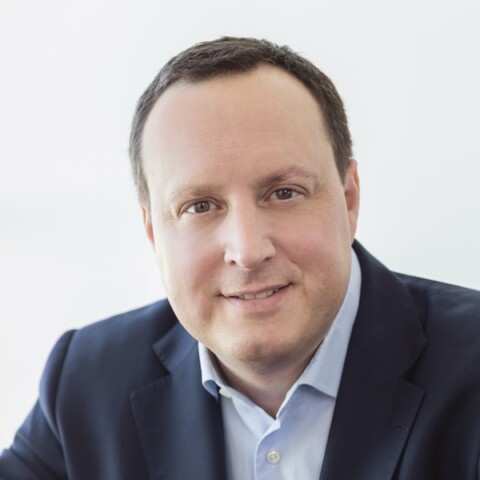Infrastructure plays a crucial role in making the economy more efficient and saving resources, as this DLD Circular conversation between Victoria Ossadnik (E.On), Markus Haas (Telefónica Germany) and Ann-Kristin Achleitner (Technical University Munich) shows.
Beer production is a good example. “Why is steel really good for beer?”, Ossadnik asks. The answer lies in the fact that steel manufacturing generates a lot of excess heat – which usually goes to waste. But if managed smartly, the heat can be used to provide energy for fermenting malt, hops and barley. “Now the waste heat goes into producing nice beer”, Ossadnik says, “and E.On is actually facilitating this.”
More broadly, energy providers need to transition from centralized power production and distribution to managing smart grids in which consumers can also be producers – for example because solar panels on their houses’ rooftops generate more energy than they personally need.
“If you look at how we distribute sustainable energy, that’s actually a completely different question than distributing the energy we had before fossil energy”, Ossadnik points out. “Because we have so many more sources of energy which we need to combine, put together towards an orchestra of energy.”
The telecommunications industry is seeing a similar change, turning service providers into information hubs for the entire economy. “The telecommunications industry was a vertical industry and we’re now becoming horizontal”, Markus Haas observes. “We will connect to everything, so we become the glue of all industries.”
Haas is convinced that his industry “will become a huge part of the solution” in making the overall economy more sustainable. In Germany alone, Haas says, accelerating the digital transformation could reduce CO2 emissions by 30 percent over the next ten years.
The discussion also covers data analysis and AI, more flexible governance and the willingness of consumers to pay for more sustainable products.





